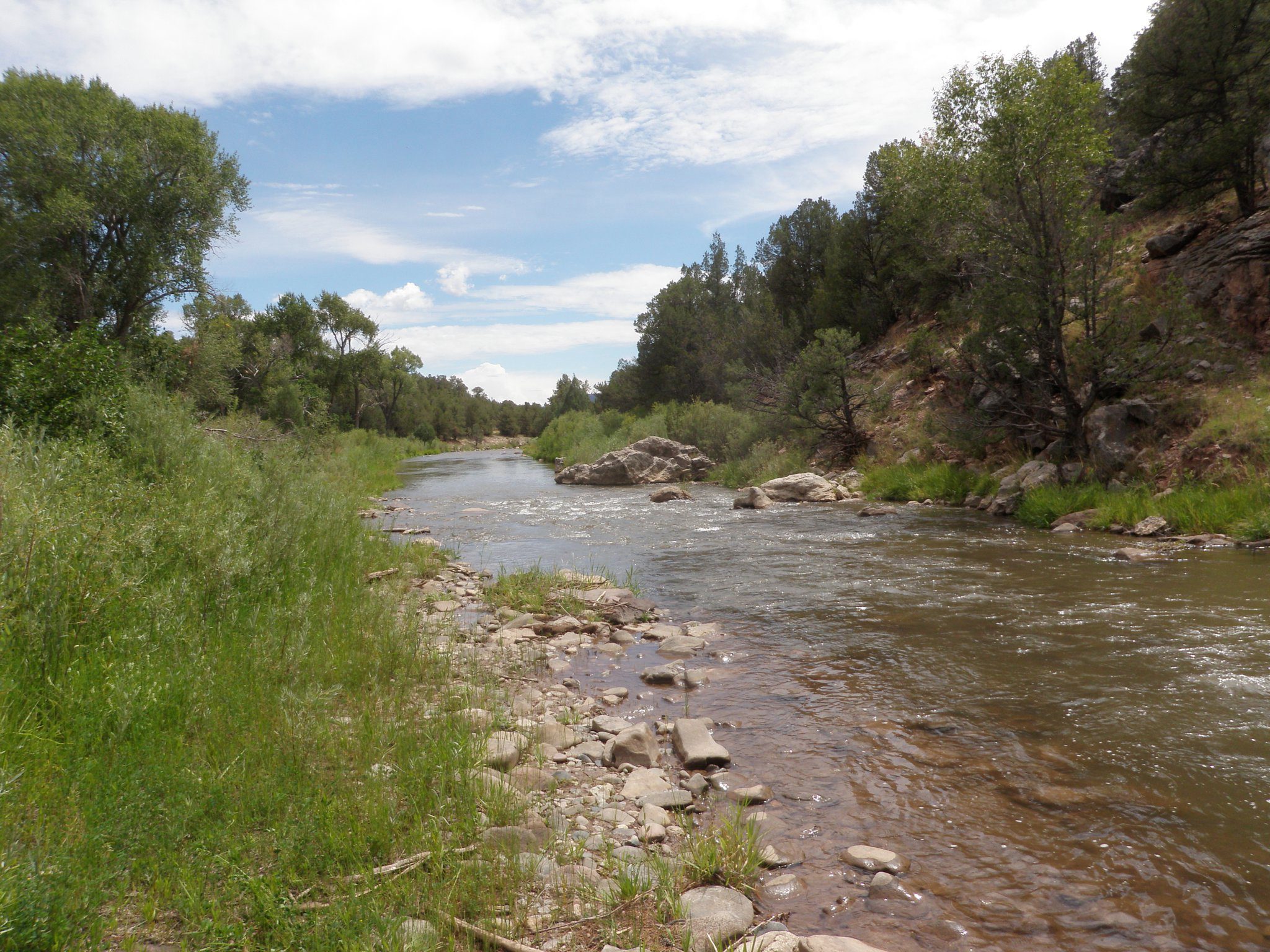American Rivers has released the America’s Most Endangered Rivers ® report for 2024.
® report for 2024.
Of the ten most endangered rivers, New Mexico tops the list with statewide problems. The report blames the United States Supreme Court’s Slackett decision for the situation in New Mexico. In the Colorado River Basin states, Arizona and California also made the list. Arizona’s Santa Cruz River is number 4 on the list. California’s Trinity River and Tijuana River are listed as Numbers 7 and 9, respectively.
with statewide problems. The report blames the United States Supreme Court’s Slackett decision for the situation in New Mexico. In the Colorado River Basin states, Arizona and California also made the list. Arizona’s Santa Cruz River is number 4 on the list. California’s Trinity River and Tijuana River are listed as Numbers 7 and 9, respectively.
According to American Rivers, the organization’s reports are among the best-known and longest-lived annual reports in the environmental movement. “Each year since 1984, grassroots river conservationists have teamed up with American Rivers to use the report to save their local rivers, consistently scoring policy successes that benefit these rivers and the communities through which they flow,” the organization writes . Key points from this year’s report include:
. Key points from this year’s report include:
NEW MEXICO.
- Affected Rivers: Rio Grande, Gila, San Juan, Pecos
- Problems: The U.S. Supreme Court decision in Sackett v. EPA has removed federal clean water protections for many of New Mexico’s streams and wetlands, potentially devastating clean water, agriculture, acequias, economies, fish and wildlife habitat, and cultural resources. The decision limits protections to “relatively permanent” streams and wetlands with a “continuous surface connection” to these protected streams, leaving many seasonal or isolated water bodies unprotected.
- American River’s Suggested Solutions: New Mexico must establish a state-led surface water permitting program to protect its rivers, streams, and wetlands. Public support and participation are crucial in developing this program, especially during the rule comment period and hearing process. The state has already begun building the program’s foundation, with $7.6 million appropriated in the 2024 legislative session.
ARIZONA (UNITED STATES) AND SONORA (MEXICO).
- Affected River: Santa Cruz River
- Problems: The Santa Cruz River, once a desert oasis, is threatened by climate change, water scarcity, and federal rollbacks to clean water protections. The river’s recovery is precarious, with its flows reliant on consistent source water that is dwindling due to climate change and overuse.
- American River’s Suggested Solutions: The establishment of an Urban National Wildlife Refuge by the U.S. Fish and Wildlife Service is proposed to protect the river’s ecological and cultural significance, increase access to nature, and preserve crucial greenspace.
CALIFORNIA.
- Affected River: Trinity River
- Problems: The Trinity River faces threats from excessive water diversions, new water demands, and the impacts of drought and climate change. The river’s health is crucial for Tribal Nations, their fishing rights, culture, livelihoods, and the environment.
- American River’s Suggested Solutions: Permanent protections from Central Valley water uses are needed. Actions include ensuring the Trinity River is protected in water right orders for new projects, protecting the river through environmental assessments, and updating water right policies to recognize Tribal rights and protect river fisheries.
CALIFORNIA (UNITED STATES) AND BAJA CALIFORNIA (MEXICO).
- Affected River: Tijuana River Watershed
- Problems: Decades of mismanagement and under-investment in wastewater infrastructure have led to severe pollution, ecosystem damage, and public health threats in the Tijuana River Watershed.
- American River’s Suggested Solutions: The Comprehensive Infrastructure Solution (CIS), vetted by the EPA and community members, needs full funding to upgrade and expand the International Wastewater Treatment Plant (ITP) and make other infrastructure fixes. Immediate action by Congress and the Biden Administration is required to address the crisis.
Image:
“At this stream site in Pecos National Historical Park, through an agreement with the Southern Plains Network, Sonoran Desert Network staff collected habitat data and assessed sites for a location to install at pressure transducer to collect water level data. August 2011.” SonoranDesertNPS from Tucson, Arizona via Wikimedia Commons .
.


Leave a Reply